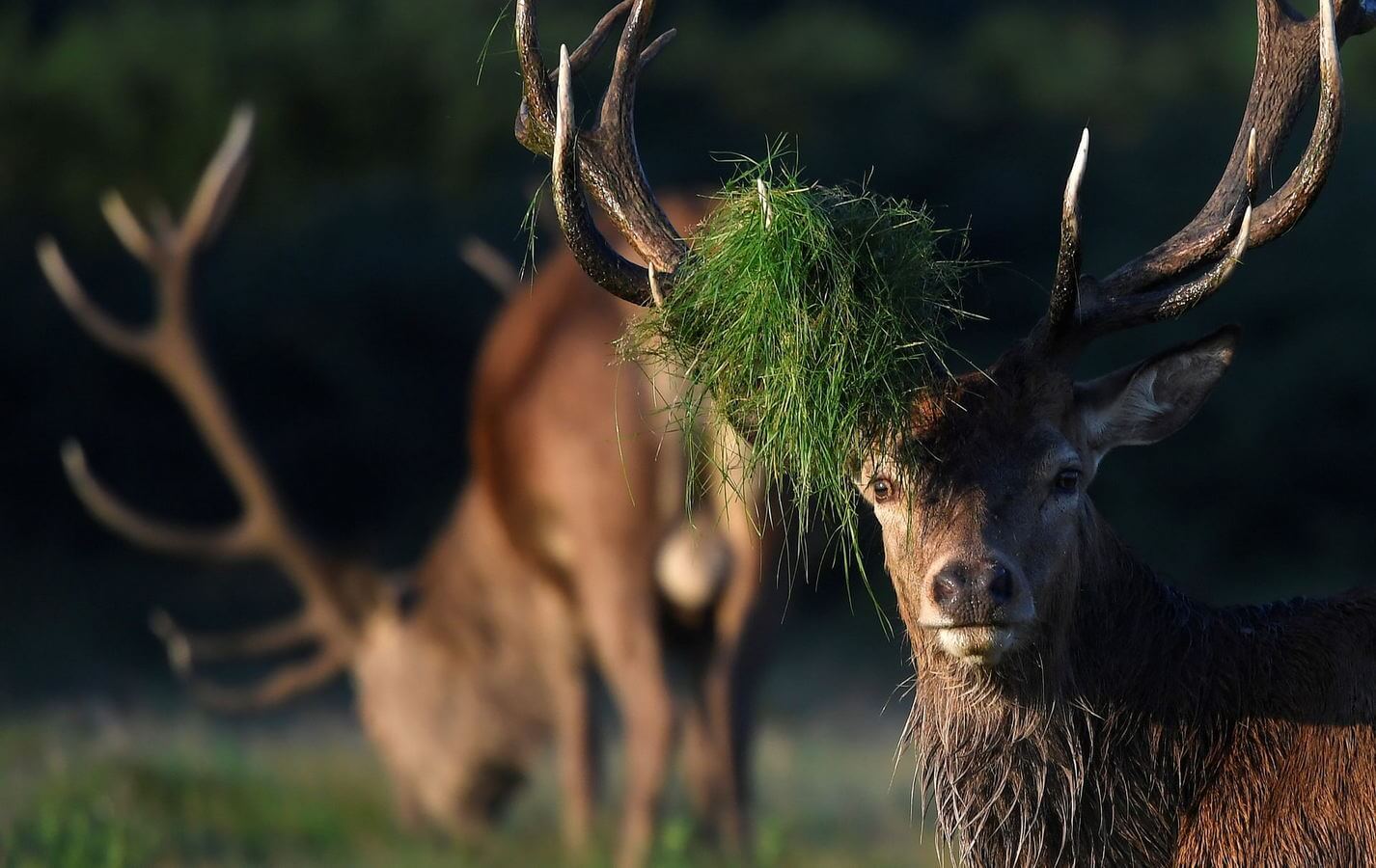This legend from Kerala states that the descendants of twelve different castes were born from the same woman, who was considered to be of a lower caste by the people of the time.
Varuchi was a Brahmin and a scholar. He was one of the gems of the court of King Vikramaditya and highly revered by the king and the people in the kingdom. One day the king asked Varuchi, “Which is the most important verse in the epic Ramayana?”
Varuchi was stumped. The King gave him 41 days to get back to him with an answer. Varuchi set out on a quest. He went to many places and spoke to many a scholar, but none gave him a satisfactory answer.
On the fortieth day, he was sleeping under a tree, when he overheard the conversation of two gandharvas (some local and popular versions say that they were birds). According to one of them, the most important verse from the Ramayana was ‘Maam vidhi Janakaatmajam’, a part of the advice given by Sumitra to her son Lakshaman when they were leaving Ayodhya. The complete verse was:
Ramam Dasaratham vidhhi, maam vidhhi Janakaatmajam,
Ayodhya mataveem vidhhi, gaccha thaatha yattha sukham.
(Consider Ram as your father, Sita as your mother and the forest as Ayodhya and may your journey be a blessed)
Varuchi was happy to learn this, and was about to leave, when he realized that the conversation was not over yet.. He heard one of them say, that the learned Brahmin sleeping under the tree would actually be marrying a low-caste woman who has just been born. While this upset Varuchi, a bit, he was elated with the answer to the king’s question.
Varuchi repeated the verse to the king who was satisfied with the revelation. However, Varuchi wanted to ensure that the prophecy of the gandharvas was never fulfilled. He told the king that that a child had just been born and would bring doom to the kingdom and she should be eliminated. The king sent out his guards who discovered the girl, but decided to place her in a raft with a burning torch at its head and set it in the river. The girl was found by a child-less Brahmin, who decided to adopt her.
Many years went by and Varuchi was reassured that he had given the lie to the prophecy. Once during one of his journeys, Varuchi decided to stop over at the house of a Brahmin who insisted that he have a meal with them. To test him, Varuchi put forth certain conditions in a code which the daughter of the Brahmin understood and to Varuchi’s surprise, she executed them exactly as he had wanted. Varuchi was impressed by her and expressed his desire to marry her. But soon he understood that this was the same girl that was his destiny and learnt that she was the adopted daughter of the Brahmin who was found afloat in the river.
Accepting his destiny, Varuch decided to excommunicate himself from the Brahmins and leave the city. He started travelling along with his wife. During this journey, his wife gave birth to eleven children and after the birth of each child, Varuchi would ask his wife, if the child had a mouth, to which she would reply in a yes. To the ‘yes’ of his wife, she would be asked to leave the child there and move on, as ‘god would feed if he has a mouth’. This way, Varuchi’s wife was deprived of her motherhood. So when the twelfth child was born she said that the child had no mouth. To this, she was allowed to carry the child with her, but when she tried to feed the child, she saw that the child had no mouth! Varuchi them took the child and deified him a hill which today is known as ‘Vaayillaakkunnilappan’ of the Lord of the Hills without a mouth. Today, there exists a temple by the same name, in the region of Pallakad, Kerala.
The other children were found and adopted by families from different castes and when they grew up, they came together at the eldest son’s house for the death anniversary of their father. Most of the communities still exist in the district of Pallakad in Kerala, who trace their ancestry to the eleven sons.
Many consider this legend as significant because of the taboos associated with inter-caste relationships. As all the different castes were born out of the same parents, the story is meant to highlight the insignificance of it all.
Note: This story reflects caste prejudices that were held by a section of society during a certain period of time. These are not relevant today and The Mythology Project neither agrees, nor endorses any discrimination on the basis of caste, creed or religion. It is an archive committed to documented the oral, literary and all forms of narrative traditions of the subcontinent.
STORY COLLECTED BY: Utkarsh Patel
SOURCE: Castes and Tribes of Southern India, Volume VI of VII, Edgar Thurston
LOCATION: Kerala
IMAGE SOURCE: Wikimedia Commons
